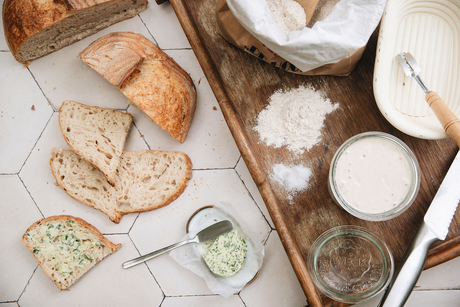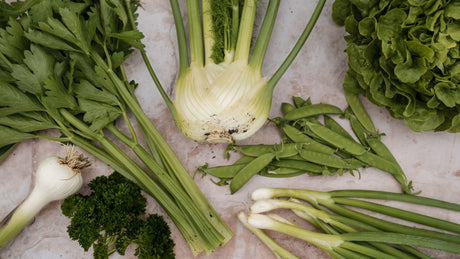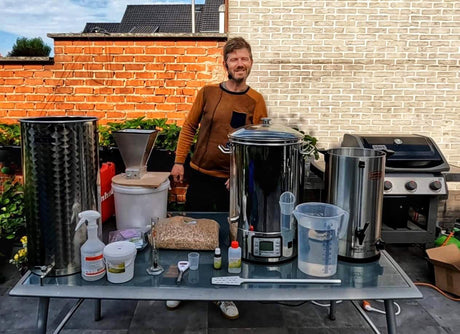Introduction
In February, many people are busy making a vegetable garden plan. There is not much to do outside yet. For many, the highlight of the vegetable garden is in April/May when the main part is sown and planted. For me, it is different. I think the most important moment is 'now'. The planning, everyone can put a seed in some soil and take great care of it. Good planning is a different story. This year, all my onions were already processed in November and if I had known earlier, I would not have planted so much celery. Of course, every family is different. In some families, there is soup every day. Or you can strive to eat from your vegetable garden 365 days a year. The number of mouths in each family is also different. These factors play a major role in the choices you make in the vegetable garden this month. In this article, we try to give a number of guidelines that should get you started.
How to design your garden
Apart from the technical aspect of crop rotation which is necessary for the health and balance of your vegetable garden, you need to make the right choices in your beds (
potatoes , legumes, cabbage crops, leafy vegetables, fruit crops and root crops).
In addition to properly dividing and rotating your crops, it is nice if you have enough of a crop to get by for a year. You can base this on your own experience. Note down each year how much harvest you have of a certain crop. Take these notes and compare them to your vegetable garden schedule. Many people do it by feeling. But for people who think strictly or are starting a vegetable garden for the first time, you will find some guidelines here.
!! Before you use the table below: Do not sow or plant everything at once.
your sowings, otherwise you will eat your entire year's supply in 1 week. Also grow crops that store well several times, such as
and onions. Find the right varieties for early and late crops. Good luck!!







